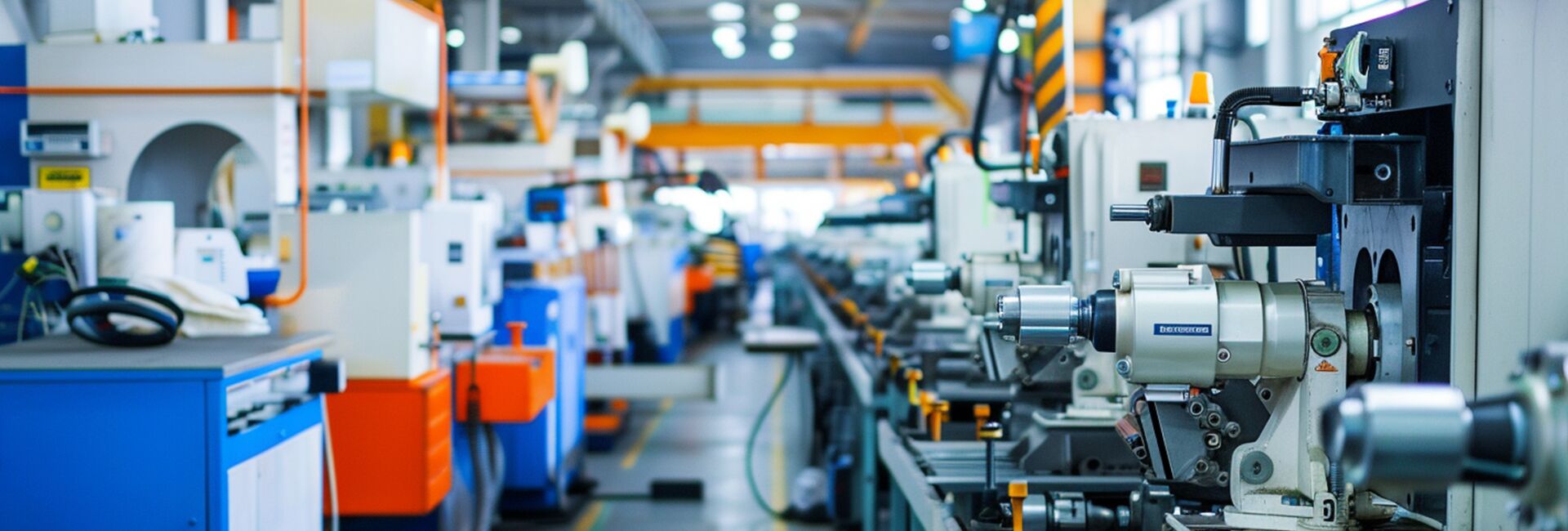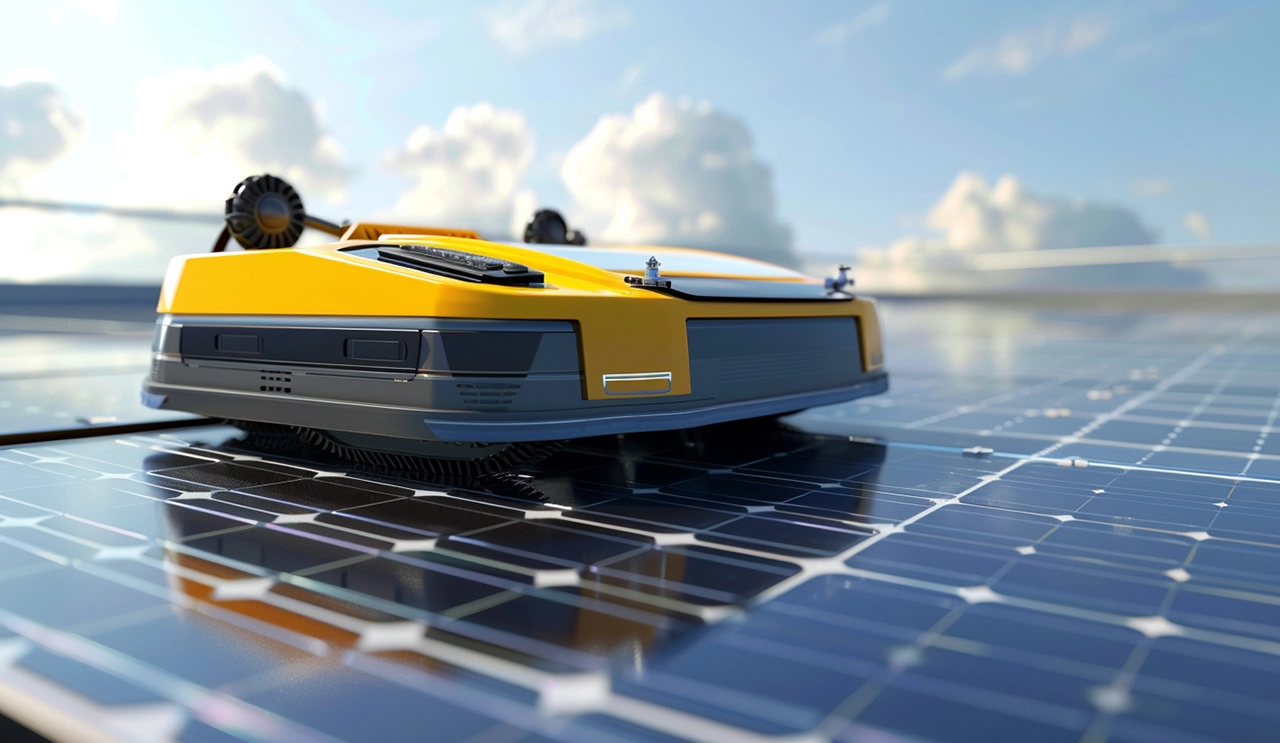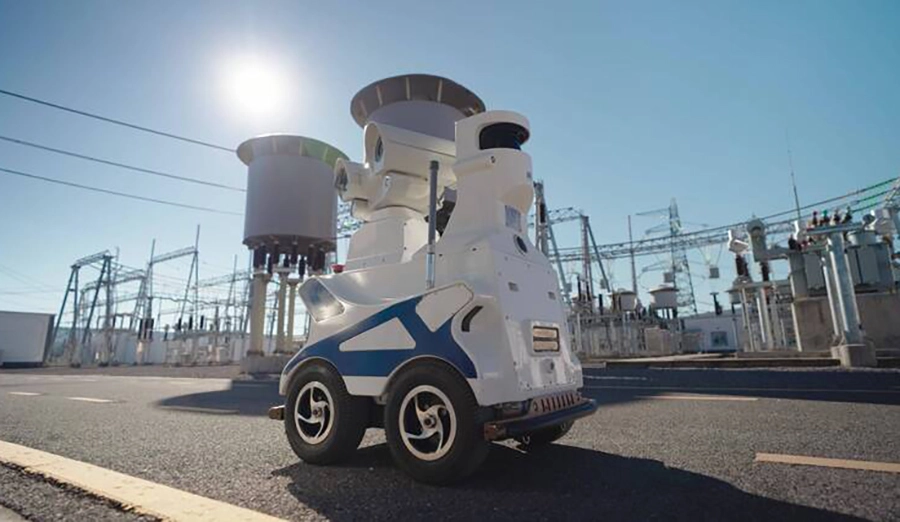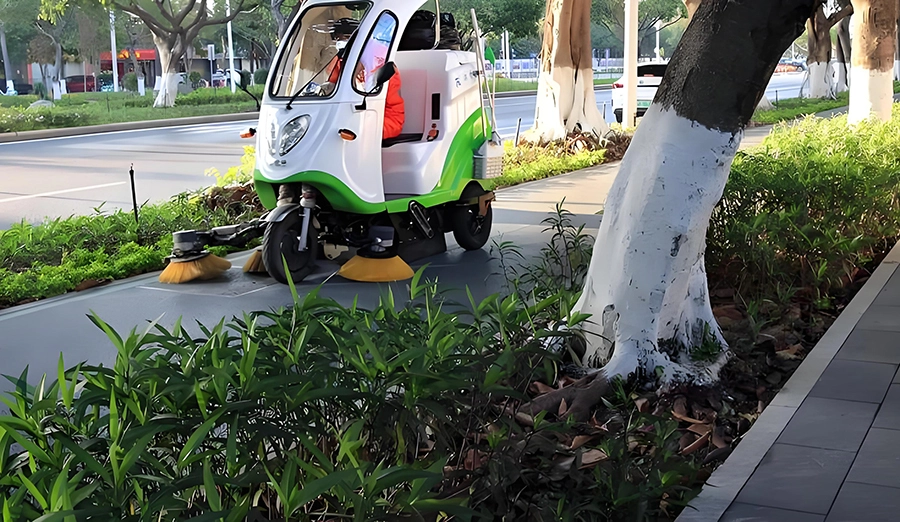
WIRELESS CHARGING IN THE NEWS
The classification of robot forms is mainly based on its physical structure, movement mode and environmental adaptability. Different forms determine the functional boundaries of robots in specific scenes. The following are the main categories and typical representatives:
Humanoid Robots (Humanoid Robots)
Morphological characteristics: Imitate human bipedal upright walking structure, with head, trunk, arms and legs, some equipped with bionic facial expression module.
Technical core: high degree of freedom joint (such as Honda ASIMO 57 degrees of freedom), dynamic balance algorithm (Boston Dynamics Atlas model predictive control).
Application scenarios: service reception (such as SoftBank Pepper), disaster relief (such as Toyota THR3 remote control robot), scientific research and exploration.
Limitations: High manufacturing costs, high energy consumption, and weak adaptability to complex terrain.
2. Wheeled/Tracked Robots
Morphological characteristics: moving through wheels or tracks, compact structure, strong motion stability.
Technical branch:
Differential drive type: such as the sweeping robot Roomba, through the left and right wheel speed difference to achieve steering.
Omnidirectional wheel type: such as the logistics robot Amazon Kiva, can move horizontally to improve the efficiency of warehouse shuttle.
Track type: such as iRobot PackBot, adapted to rough terrain such as sand and ruins.
Advantages: Low cost, high efficiency, suitable for structured environment (factory, home).
Defects: Limited obstacle crossing ability, dependent on flat ground.
Third, Legged Robots (Legged Robots)
Form evolution:
Four-legged: The Boston Dynamics Spot can climb stairs, carry a weight of 20kg, and improve energy efficiency with elastic drive.
Six-legged: Genghis's insect-like robot uses redundant legs for increased stability.
Biped: Although it is a humanoid branch, it focuses more on walking algorithms (such as Agility Robotics' Digit).
Core technology: bionic joint design, gait generation algorithm (CPG central pattern generator).
Applications: field exploration, military transportation, high-risk environment operations.
4. Robotic Arms and Fixed base robots
Features: A multi-joint robot arm is mounted on a fixed or moving base, and the end is equipped with fixtures, sensors, etc.
Typical structure:
Industrial robot arm: such as Fanuc six-axis robot arm, repeated positioning accuracy of ±0.02mm.
Collaborative robots: For example, the UR5e has a force control function and can share the workspace with people.
Bionic manipulator: Shadow Robot's dexterous hand has 24 degrees of freedom, simulating a human grip.
Applications: factory assembly, surgical assistance (Da Vinci System), space maintenance (Canadarm2 International Space Station).
Five, special form robot
1. Flying Robots (drones)
Multi-rotor (DJI Inspire), fixed wing (solar drone Zephyr), Bionic flapping wing (Festo BionicSwift).
Uses: aerial photography, logistics, agricultural plant protection.
2. Underwater robots
Tethered ROV (such as "Dragon" deep-sea probe), untethered AUV (Bluefin21 for Malaysia Airlines search).
Challenges: water pressure resistance, communication delay.
3. Soft Robots
Using flexible materials such as silicone and shape memory alloys, the Harvard Octopus robot can pass through narrow gaps.
Advantages: Secure human-computer interaction, suitable for unstructured environments.
Sixth, modular and reconfigurable robots
Form innovation: MIT's MBlocks independently reorganizes forms through magnetic splice, and Swiss Roombots can be transformed into tables and chairs or crawling robots.
Core concept: A single robot ADAPTS to the needs of multiple tasks through module combination, and promotes the development of "universal robots".
Robot form design follows the principle of "form determines function" : wheel type pursues efficiency, foot type emphasizes adaptability, humanoid type explores versatility, and software and modular robots are breaking through traditional mechanical limitations. In the future, with the integration of materials science and AI, the robot shape will further evolve to bionics, self-adaptation and miniaturization.







